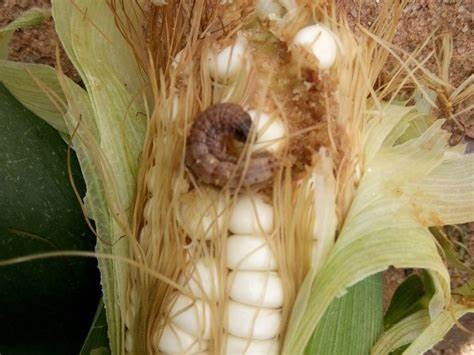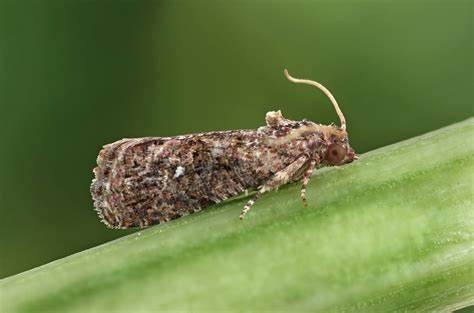In the vast expanse of agricultural landscapes, a formidable adversary has emerged, wreaking havoc on crops and livelihoods alike – the fall army worm. This pest has rapidly spread its destructive influence across the globe, posing a significant threat to food security and economic stability. In this comprehensive exploration, we unveil the detrimental effects of the fall army worm and delve into the multifaceted strategies for its control, encompassing both synthetic and organic approaches.
The fall armyworm (Spodoptera frugiperda) is a pest of the Noctuidae family, characterized by its rapid reproductive rate and insatiable appetite for a wide array of crops, including maize, sorghum, rice, and sugarcane. Its name, derived from its behavior of marching in large numbers, reflects the sheer magnitude of its impact on agricultural ecosystems.
Devastating Effects
The fall armyworm inflicts widespread damage through its feeding habits, consuming foliage, stems, and reproductive structures of crops with relentless fervor.
- Crop Damage: Fall armyworms feed voraciously on the leaves, stems, and reproductive structures of plants. This feeding behavior can lead to severe defoliation and loss of yield, reducing the overall quality and quantity of the crop.
- Economic Losses: Infestations of fall armyworms can result in substantial economic losses for farmers. Reduced yields and damaged crops can lead to decreased income.
- Secondary Infections: Fall armyworm damage weakens plants, making them more susceptible to secondary infections by fungi, bacteria, and other pests. These secondary infections can further exacerbate crop losses and reduce overall crop quality.
- Pesticide Overuse: Farmers may resort to excessive pesticide use to control fall armyworm infestations, leading to environmental pollution, health risks for farmers and consumers, and the development of pesticide-resistant insect populations.
- Impact on Livelihoods: Smallholder farmers, particularly in developing countries where fall armyworm infestations are common, may be disproportionately affected by crop losses. These farmers often lack access to resources such as pesticides, agricultural extension services, and financial support to effectively manage fall armyworm outbreaks, putting their livelihoods at risk.
- Food Security: Fall armyworm infestations can threaten food security, especially in regions where cereal crops are staple foods. Reduced crop yields and increased food prices resulting from fall armyworm damage
- Environmental Impact: Excessive pesticide use to control fall armyworms can harm non-target organisms, including beneficial insects, birds, and mammals. Pesticide runoff can also contaminate soil, waterways, and ecosystems, leading to long-term environmental degradation.
Organic Remedies and Integrated Pest Management
Organic and integrated pest management (IPM) strategies have gained prominence as sustainable alternatives for fall armyworm control.
Biological control agents, such as parasitoids and predators, offer a natural means of regulating pest populations, fostering ecological balance, and reducing reliance on chemical interventions.
Furthermore, botanical insecticides derived from neem, pyrethrum, and other plant sources present effective and environmentally friendly options for combating fall armyworm infestations. These natural formulations exhibit pest-specific activity, minimizing collateral harm to beneficial organisms and promoting ecological resilience within agroecosystems.
Beyond the application of control measures, empowering farmers with comprehensive knowledge and innovative technologies is paramount in the ongoing battle against the fall armyworm. Access to timely and accurate information on pest detection, monitoring, and management equips farmers with the tools to make informed decisions and implement targeted control strategies.
Emerging technologies, such as pheromone traps and biopesticides, offer promising avenues for enhancing pest surveillance and control while minimizing ecological disturbances. These innovative tools, coupled with capacity-building initiatives and extension services, foster a holistic approach to pest management, empowering farmers to safeguard their crops and livelihoods effectively.
The encroachment of the fall army worm demands a multifaceted and adaptive response, blending scientific innovation, ecological stewardship, and agricultural resilience. By unravelling the detrimental effects of the fall army worm and exploring diverse strategies for its control, we pave the way for a harmonious coexistence between agricultural productivity and environmental equilibrium. As we stand at the crossroads of agricultural sustainability, the battle against the fall army worm serves as a compelling call to embrace holistic solutions and cultivate a future where thriving crops and thriving ecosystems intertwine in symbiotic abundance.





